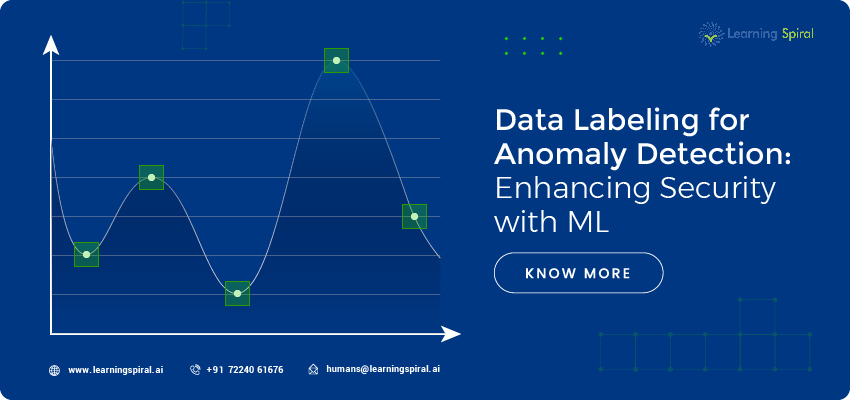Machine learning has become a powerful tool in the security landscape, particularly for anomaly detection. In case you aren’t aware of the concept, anomaly detection involves identifying unusual patterns or events within data that deviate from the norm.
In security contexts, this translates to pinpointing potential threats like unauthorized access attempts, malware infections, or fraudulent activity. And the effectiveness of ML-powered anomaly detection hinges on properly managing the data annotation.
Data Labeling in Anomaly Detection
Data labeling is the process of labeling raw data with relevant information. For anomaly detection, this involves labeling data points as “normal” or “anomalous.” This labeled data serves as the training ground for ML models.
By analyzing vast amounts of labeled data, the model learns to recognize the characteristics of normal behavior within a system. Once trained, the model can then flag deviations from this baseline, potentially uncovering security threats.
There are several ways data labeling empowers ML-based anomaly detection for enhanced security:

- Improved Accuracy:
High-quality labeled data allows the ML model to differentiate normal and anomalous patterns with greater precision. This reduces false positives – instances where the model flags normal activity as a threat – which can overwhelm security teams with irrelevant alerts. Conversely, well-annotated data also minimizes false negatives, where genuine threats go undetected.
- Specificity in Anomaly Detection:
Data annotation can be tailored to specific security needs. For instance, in network security, data can be labeled to identify anomalies in traffic patterns, login attempts, or data transfers. This allows the model to focus on security-relevant deviations rather than flagging harmless variations in network usage.
- Adaptability to Evolving Threats:
The security landscape is constantly changing, with new attack methods emerging. Data annotation enables the continuous improvement of anomaly detection models. By incorporating data on newly discovered threats and labeling them accordingly, the model can adapt and learn to detect these novel security risks.
- Domain-Specific Security:
Security threats can vary significantly across different industries. Data annotation allows for customization of anomaly detection models to cater to specific domains. Financial institutions can train their models on labeled data highlighting unusual financial transactions, while industrial control systems can focus on anomalies in sensor readings or operational parameters.
Considerations & Challenges
The data labeling process itself requires careful consideration. Here are some key aspects to ensure effective training of anomaly detection models:
- Data Relevance: The data used for labeling should be relevant to the specific security domain and the desired outcomes. Using irrelevant data can lead to models that miss crucial threats or generate a high volume of false positives.
- Data Quality: The accuracy of labels assigned during annotation is paramount. Inconsistent or incorrect labeling can significantly hinder the model’s ability to learn and detect anomalies effectively.
Data Diversity: A diverse dataset encompassing a wide range of normal and anomalous scenarios is essential. This ensures the model is not biased towards specific types of threats and can generalize well to unseen situations.
Conclusion
In conclusion, data labeling plays a critical role in unlocking the full potential of ML-based anomaly detection for enhanced security. By providing high-quality, labeled data, security teams can train models that accurately identify threats, adapt to evolving landscapes, and offer domain-specific protection.
As the security landscape continues to grow in complexity, data labeling will remain a cornerstone in building robust and intelligent security systems powered by machine learning.




